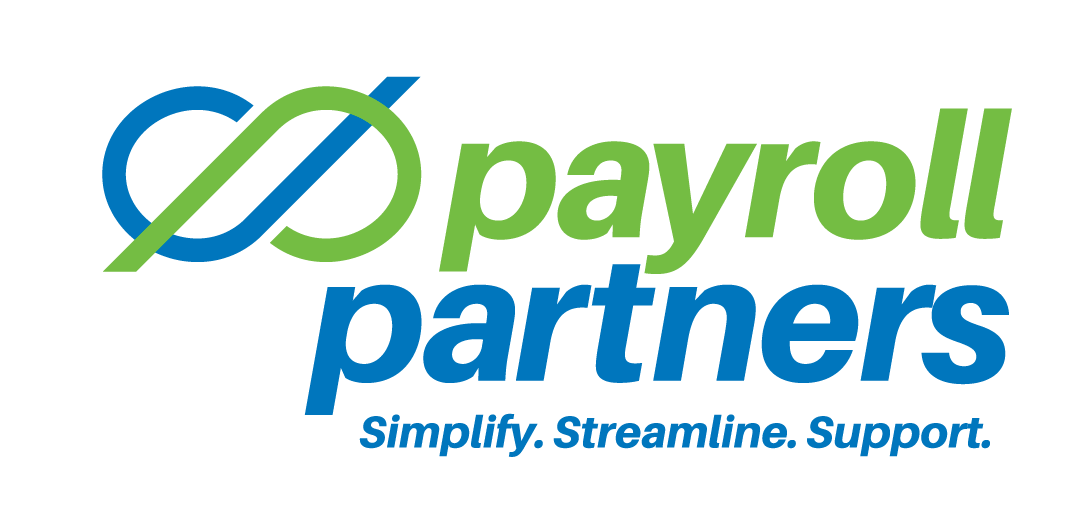03 Jun Telecommuting, Coronavirus and You
Usually, when companies begin moving from an office-based to a virtual model, they do it gradually, with plenty of planning and training.
However, thanks to COVID-19, many businesses are seeing the need to quickly empty out offices and send everyone home to keep the virus from spreading. No one knows how long the emergency will last, but you want to make sure the telecommuting system you hurried to implement keeps your business running until the pandemic passes.
To make telecommuting work, even temporarily, you must keep in mind the needs of both your customers and your employees, all of whom have to get used to the new system on short notice. Every company will have different needs, but here are some general guidelines.
Make sure everyone has the technology
You may assume that today everyone has a late-model computer at home, with a high-speed connection. But not everyone does, or if they do, they have to share their resources with other family members. So be prepared to rent or purchase laptops for your staff and help them set up an internet connection.
Take charge of security
This will vary widely from business to business, and from employee to employee. In the office, you may have a highly secure intranet that encompasses your files, customer accounts, financial records and more. It will have to be extended so everyone has access from remote locations. You can simplify the task by giving employees access to only the information they need. Your HR director needs access to employee files but probably not to sales figures, for example. Each remote computer needs its own security software to ensure no single machine becomes the weak link in the chain.
Rethink your meetings
You won’t be able to casually meet with staff the way you did in the office. Even formal meetings will be different. You’ll need to rethink the way you interact with your staff, and the way they interact with each other. Skype and other messaging software can be used for quick notes or video calls. Zoom is good for conferences. Evernote allows employees to share and collaborate on various projects — it’s easy to use and inexpensive. There are other choices as well, depending on your needs.
Some companies like visual conferences, and there are economical choices. But keep in mind that each employee’s background may be a messy living room rather than a well-ordered office.
Also, no matter how sophisticated your software, you cannot perfectly replicate the in-office experience. Each employee will have to work more independently. Of course, you can — and should — ask for progress reports and encourage regular communication.
Finally, be flexible and understanding. Many employees may not have a dedicated home office, so the voices of spouses — also working from home — and children may become part of any meeting, despite everyone’s best efforts. You will need to be understanding. But if everyone remains open to experimenting with ways to make telecommuting work, there’s a very good chance your company can weather this enforced situation.
Indeed, you may find that many, even most, of your employees adapt so well that this can become a permanent arrangement for them. This will not only improve employee morale and give you a recruiting edge, but reduce your real estate costs. Good luck with the transition!
This information is provided with the understanding that Payroll Partners is not rendering legal, accounting, or other professional advice or service. Professional advice on specific issues should be sought from an accountant, lawyer, or other professional.


